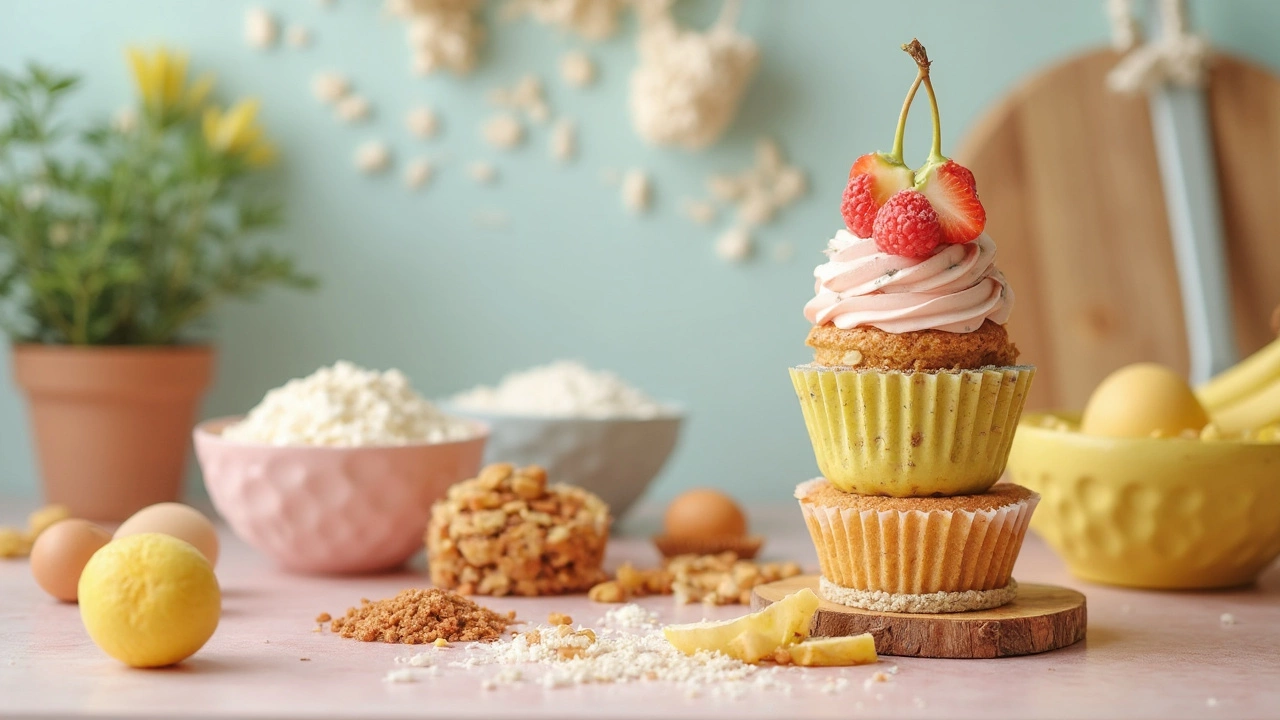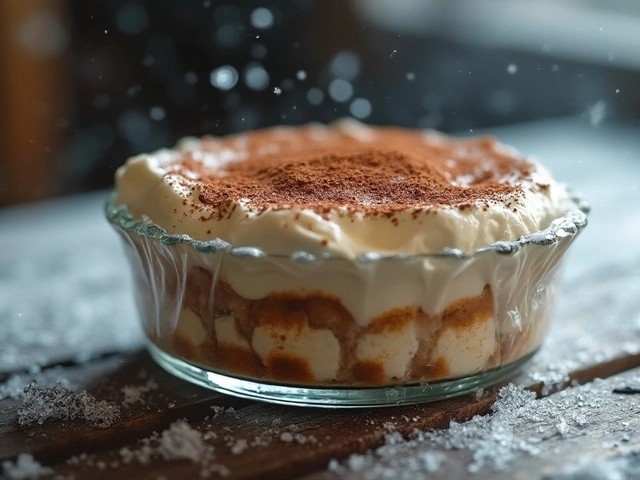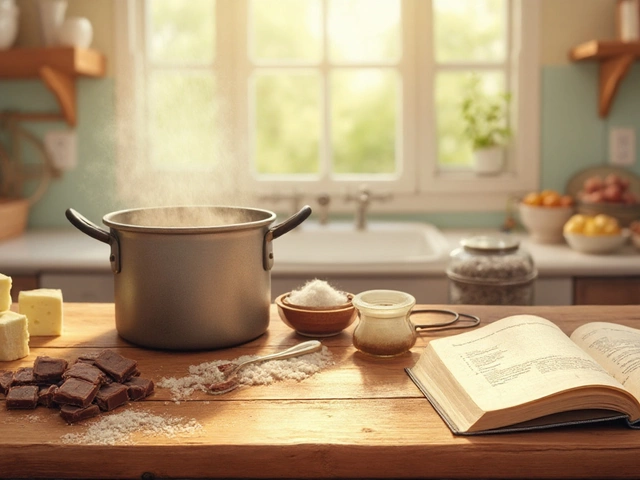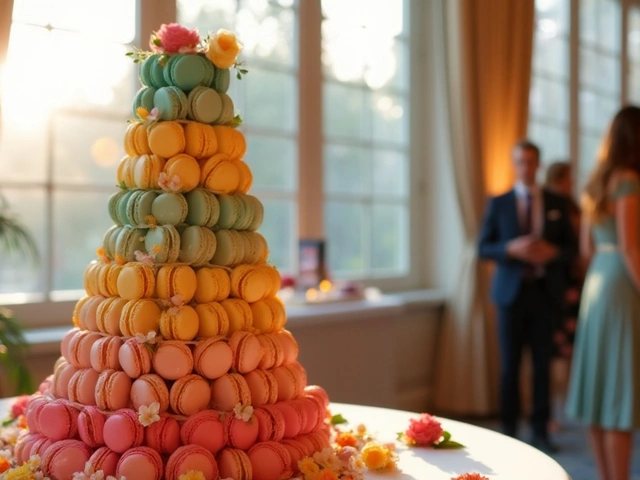Gluten-Free Ingredients: Essential Picks for Safe Baking
If you’re avoiding gluten, the pantry can feel overwhelming. The good news is you don’t need a dozen obscure products – just a handful of reliable staples. Knowing which ingredients work best helps you whip up cakes, cookies, and sauces without a single grain of gluten in sight.
Core Gluten-Free Flours and Starches
Start with a good mix of flours. Rice flour is a universal base – it’s inexpensive, neutral in flavor, and works well in most recipes. Pair it with a heavier flour like almond or coconut for moisture and a richer taste. Tapioca starch and potato starch are excellent for creating a light crumb; a tablespoon or two can turn a dense batter into a fluffy one.
For those who love a nutty profile, sorghum and millet flours add depth without the gritty texture some people notice in pure rice flour mixes. If you’re chasing a cake‑like texture, try a commercial gluten‑free blend that already balances these flours. Just double‑check the label for any hidden gluten or added gums if you’re sensitive to those.
Binding and Moisture Boosters
Gluten gives dough its stretch, so you’ll need alternatives to hold things together. Psyllium husk is a favorite – just a teaspoon in a batter can mimic gluten’s elasticity. xanthan gum and guar gum work similarly; a pinch per cup of flour is enough to keep cookies from crumbling.
Eggs are natural binders, but if you’re vegan or have an egg allergy, use flaxseed meal mixed with water (1 tbsp flax + 3 tbsp water = one egg). Chia seeds do the same trick and add a subtle nutty note. Adding a little extra liquid – milk, dairy‑free milk, or even fruit puree – can prevent dry, crumbly results, especially in gluten‑free cakes that tend to sink.
Don’t forget sweeteners. Pure maple syrup, honey, or agave add moisture while sweetening. If you’re using granulated sugar, consider swapping half for brown sugar; the extra molasses keeps baked goods tender.
Finally, test your mix. A quick spoon‑test in the oven can tell you if the batter is too wet or dry – it should spread slightly but hold its shape. Adjust with a splash of milk or a dusting of extra starch as needed.
With these ingredients on hand, you’ll feel confident tackling everything from a gluten‑free chocolate cake to a buttery shortbread. Keep the pantry stocked, follow the ratios, and you’ll enjoy safe, delicious treats every time.

Gluten-Free Cakes: Surprising Ingredients You Can Actually Use
Learn which foods are surprisingly gluten-free and perfect for baking delicious cakes. Find out about ingredients you might not expect to be safe, along with tips on how to use them for incredible gluten-free cakes. This guide busts myths, offers clever ideas, and keeps things super practical. Whether you have celiac or just want to shake up your baking, you’ll spot new favorites here. Get inspired to experiment in the kitchen with confidence.
View More




